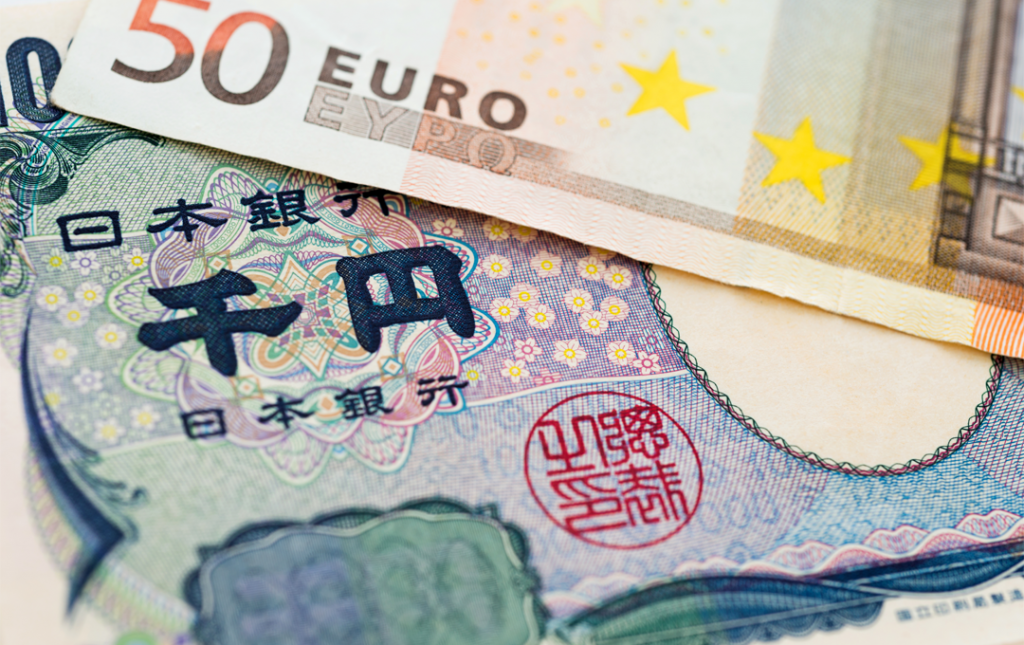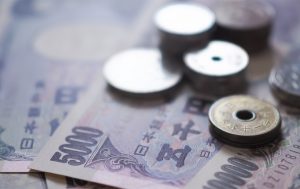Introduction
The EUR/JPY currency pair is one of the most actively traded pairs in the forex market. Understanding its price movement patterns can significantly enhance trading strategies, leading to more informed decision-making and potentially higher profits. This study analyzes the EUR/JPY trading data from May 30, 2024, to June 4, 2024, to identify the best times for entering and exiting trades based on historical price movements.
Data Overview
The dataset spans from May 30, 2024, at 00:15 to June 4, 2024, at 03:00. This period includes nearly a week of 15-minute interval trading data.
Key Findings
- Average Price Increase Before Reversal:
- The average price increase observed before a reversal occurs is approximately 0.0590. This indicates that on average, the EUR/JPY price rises by 0.0590 units before starting to reverse.
- Average Duration of Upward Movements:
- The average duration of an upward price movement before a reversal is approximately 202.5 minutes (or about 3 hours and 22.5 minutes). This duration was calculated based on the 15-minute intervals provided in the dataset.
- Optimal Trading Hours (GMT+7):
- Positive Trend Hours: The following hours tend to show positive price changes:
- 0:00 (20.8 pips)
- 1:00 (17.6 pips)
- 2:00 (8.4 pips)
- 5:00 (30.8 pips)
- 10:00 (20.4 pips)
- 14:00 (22.4 pips)
- 15:00 (27.7 pips)
- 16:00 (10.0 pips)
- 19:00 (8.7 pips)
- 21:00 (12.3 pips)
- 23:00 (7.8 pips)
- Negative Trend Hours: The following hours tend to show negative price changes:
- 3:00 (-20.3 pips)
- 4:00 (-11.6 pips)
- 7:00 (-6.0 pips)
- 8:00 (-8.5 pips)
- 9:00 (-5.2 pips)
- 11:00 (-27.8 pips)
- 12:00 (-16.8 pips)
- 13:00 (-4.0 pips)
- 17:00 (-25.8 pips)
- 18:00 (-0.0000000047 pips)
- 20:00 (-25.7 pips)
- 22:00 (-0.3 pips)
Trading Strategy Recommendations
Based on the analysis, traders can optimize their strategies as follows:
- Buy Positions:
- Enter buy positions around 5:00 or 15:00 GMT+7, as these hours historically show the highest positive price changes.
- Sell Positions:
- Enter sell positions around 11:00, 3:00, or 17:00 GMT+7, as these hours tend to show significant negative price changes.
- Holding Duration:
- Consider holding positions for approximately 202.5 minutes (3 hours and 22.5 minutes) before expecting a reversal. This duration can help set more accurate stop-loss and take-profit levels.
Conclusion
By understanding the historical price movement patterns of the EUR/JPY pair, traders can make more informed decisions about when to enter and exit trades. This study highlights the importance of timing in forex trading and provides actionable insights that can be incorporated into trading strategies for better outcomes.
This analysis is intended to guide forex traders in refining their trading strategies based on historical data. As always, traders should combine these insights with other forms of analysis and risk management techniques to ensure a well-rounded approach to trading.





